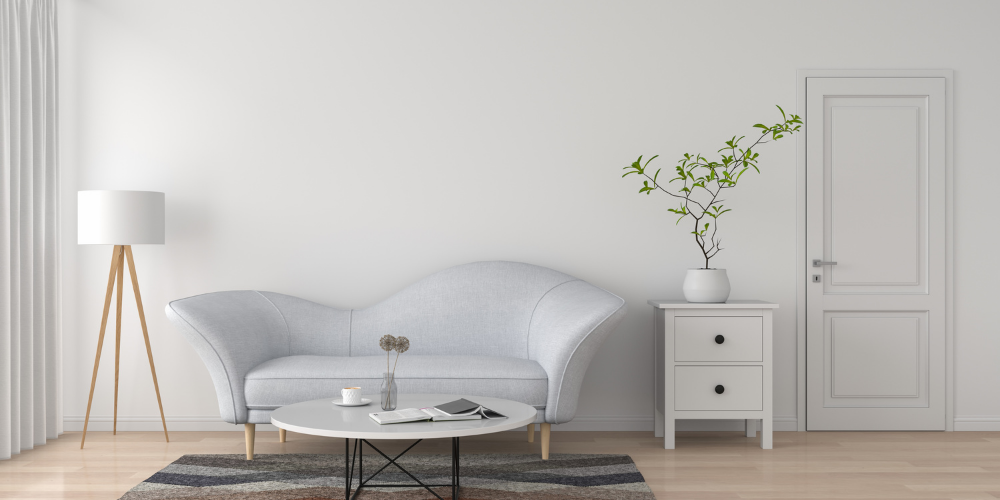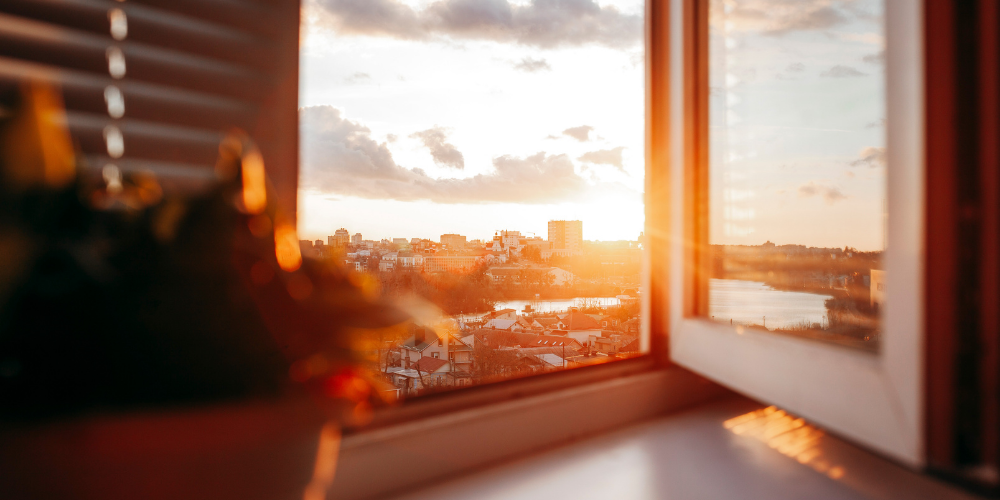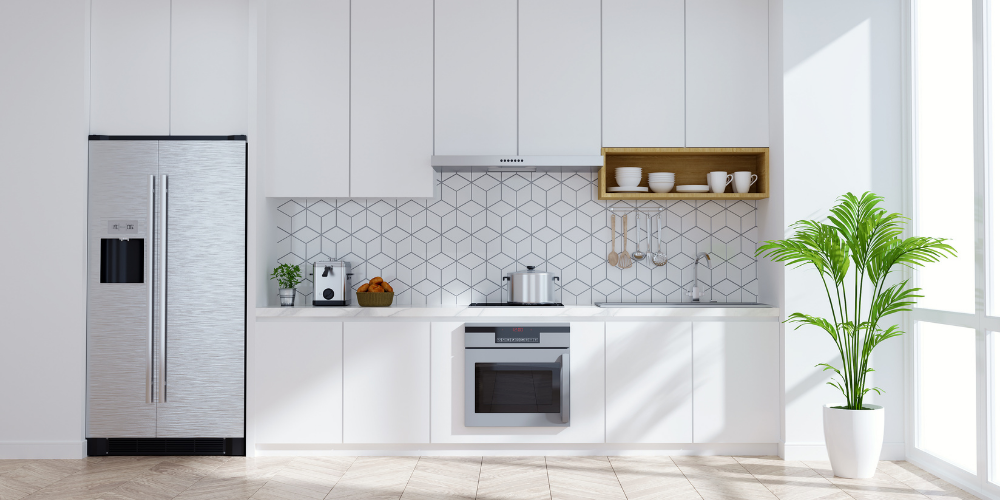For buyers who are planning to purchase a condominium unit, the vastness of options in the market provides a pleasant problem – choosing and buying a condominium unit that you like.
From layouts, to views, level and location, today’s article will serve as a brief checklist of items to look out for on your next viewing or if you are browsing through online listings.

1. Type of unit
Understanding jargons, specifically condominium jargons is fundamental to the selection process. Here are some terms that you may hear being tossed around in showrooms and on real estate blogs:
- Studio Units
These are often recommended as an investment property due to their lower quantum, or to younger couples who may wish to purchase a condominium with an intention to upgrade once the family grows. Partitions may be fitted to separate living spaces but mainly consists of a kitchenette, workspace and bedroom fitted into a single space.
- Bedroom Units
These are the conventional bedroom units which typically range from 1-5 bedrooms. They command a higher price than the studio apartment, and typically house small families.
- Loft
Moving into slightly luxurious options, lofts feature a higher ceiling which introduce more natural light into the space. Such units are more often seen in lower-density projects.
- Penthouse
Penthouses are often considered the pinnacle of luxury within a condominium, and usually occupy the largest space on the top floor of a condominium block. They usually feature the indoor space comparable to some landed properties, and have luxurious fittings. Do be wary of the name ‘penthouse’ being thrown around casually.
- Dual Key
Such units consist of two full living spaces within a single unit, which makes it an advantageous rental property for the price of one.
2. Where is the unit facing?
A large concern for when buying a condominium unit is the direction of which the unit is facing in relation to the sun. In fact, this factor plays such a large role in the unit selection process amongst buyers that developers align units as desirably as possible within the limits of the plot orientation.
In Singapore, North-South units are most desirable to avoid harsh glares in sunrise and sunset. Second order effects include reduced cooling costs since the walls and floors of your apartment do not heat up as much as those exposed to direct sunlight.

However, if you arrive at the showroom of a new launch and find that all the North-South facing units have been sold, fret not. The South-East facing units are an excellent option which can facilitate sunrise yoga in your living room, while hiding away from the harsh evening sun.
If your dream unit just so happens to be west facing, rejoice that it may be priced lower than other similar units. Quick fixes such as automated shades can help to prevent the overheating of your apartment. Plus, you still get to enjoy the soft evening glows on less warm days of the year.
3. The view
Typically, developers situate their most expensive units in front of premium views.
Most developments offer an inward-facing pool view and an outward facing landscape view. If you are fortunate, this landscape view consists of the seaside or a lush nature.
When buying a condominium unit, you must be wary of oversold outward views. With rapid real estate development in Singapore, these views could be blocked by new high-rise buildings within the area, effectively diminishing the premium that you paid on your condominium.
It is therefore wise to do your own due diligence and check the URA master plan to determine what the neighbourhood’s long-term plans are.
Alternatively, you could opt for the pool view. One downside to consider would be the size of the compound and the pool usage. If the sound of children and activity in the evening irk you, then you may wish to reconsider that pool view. However, smaller developments may not have very high pool usage, which provides for a serene view at all hours of the day.
4. Floor and accessibility
Although it is common to find a correlation between the unit’s floor number and its price, the experiences of living on different floors within a condominium block vary between 3 groups – lower and ground floors, middle floors and upper floors.
The lower floors provide an accessibility to the envy of those upper floor dwellers. Ground floor residents have the added advantage of the accessibility similar to that of a landed property. Rush hour affects everyone the same in a condominium block, and with developments getting higher and higher, 4-5 flights of stairs down each morning is not a bad idea compared to waiting 10 minutes to travel through 20 floors.
Furthermore, if you have an inward-facing unit, you will be able to enjoy a full view of the pool and its facilities. Moving into your new home will also be less time consuming and will be less of a hassle.
When buying a condominium unit in some developments, ground floor units have the advantage of private enclosed spaces which serve as a patio area for social gatherings. The space provided is usually more ample than the balconies of the floors higher up, which make for fantastic private sun tanning or cocktail party spots.
Higher floors offer more privacy, removing the occupant from the bustle of the noise down at street level. This may vary from property to property, depending on the activity in your vicinity. Furthermore, if you are fortunate, you may be able to experience panoramic views which offer consistent ventilation in sunny Singapore.
Penthouse units usually offer higher ceilings as a bonus, and these do contribute to the feeling of roominess and breathability within your unit. Nonetheless, even without a high ceiling, some smart lighting solutions and good interior design does serve to create a warm and inviting experience.
Middle floors do not vary that much between each other, so do consider if they are truly worth the premium. With that in mind, they do benefit from the added privacy that is not experienced on the ground floor, while capitalising on the sunlight and views on the slightly higher floors without being priced exorbitantly.
5. Features and Amenities
If you are thinking of buying a condominium unit, you may have started visiting showrooms. It should be no surprise that a large part of what makes show-units so stunning is the quality and finishes of the amenities within the unit.
Appliances, shelving, tiling and water seals should all be inspected thoroughly for its reliability and quality. If you are not looking at a new launch, do examine the wear and tear on common surfaces, tile grouts and the ceilings for water leaks.
Not all new launches will provide the same standard of amenities, such as stoves, ovens, and other appliances, so do factor that into your assessment of whether the unit is worth your money.

6. Shared Facilities
For those of you who have been on the prowl to purchase a new launch, it should come as no surprise that developers have been creating smaller units and compensate with more abundant shared facilities.
Gyms, pools, tennis courts and function rooms are generally staples in larger developments. If you prioritise this when buying a condominium unit, it helps to get a unit close to these facilities. Similarly, do consider the quality of these amenities.
7. Location
One advantage of when buying a condominium unit is how a young family can effectively pay to be within a 1km radius to the primary school of their choice. However, estates with primary schools are typically denser, and the by-product of being so close to a school is increased morning traffic jams, and the gloriously roaring sound of recess.
If kids are none of your concern at the moment (or ever), then consider the proximity to malls and public transportation. Once again, we recommend doing your research with the URA Master Plan to have a better understanding of future development within the vicinity.
8. Layout
There are a number of ambitious residential developments in Singapore which feature glamorous facades and building design. This is all extremely impressive from the outside and may even impress your friends.
In reality, it is more important to consider the configuration of the living space, which is what you are essentially paying for when buying a condominium unit. Poor interior configuration may lead to more unusable space, which results in you effectively paying a higher price per square foot of usable space.
Furthermore, poor indoor configuration may affect the amount of sunlight entering the unit, and the general enjoyability of your expensive condominium unit.
Buying a Condominium Unit: Conclusion
This list does not by any means cover the entirety of what to consider when buying a condominium unit. With that in mind, there is a property out there that meets the needs and wants of every buyer.
Our parting word of advice is to consider the perspective of financial prudence and practicality, which cuts through the fanfare of marketing. Do speak with our mortgage advisors to equip yourself with the necessary knowledge to make your transaction smoother when you spot that dream property!
Want to find the best mortgage rate in town? Check out our free comparison service to learn more!
Read more of our posts below!

